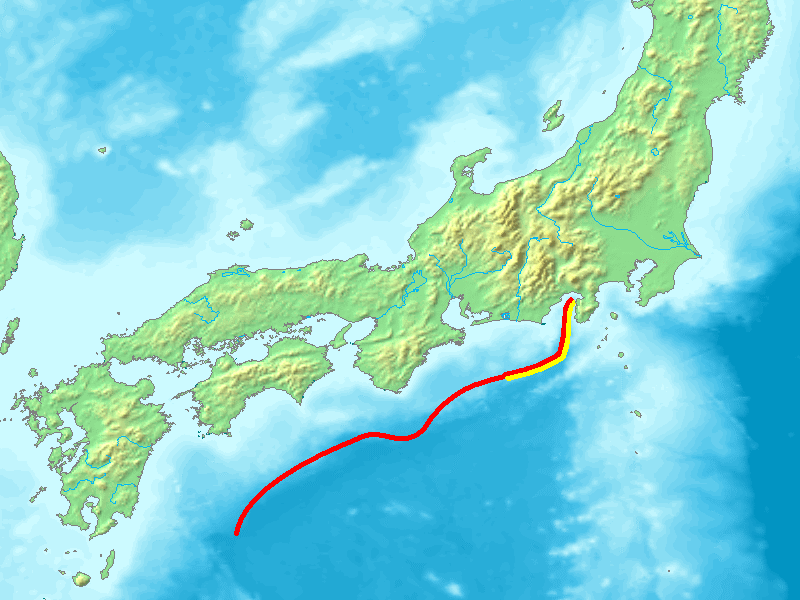Innovative Multiscale Simulations Bridge Micro and Macro Brain Activity Levels

In a groundbreaking study published in the journal *Nature Computational Science* on July 1, 2025, researchers at Paris Saclay University unveiled a novel multiscale modeling approach that effectively bridges the micro and macro levels of brain activity, a feat long considered unattainable in neuroscience. This innovative methodology allows for the simulation of how intricate molecular changes can lead to observable alterations in overall brain activity, providing vital insights into the functioning of the human brain.
Understanding the brain's complexities has been a daunting challenge for neuroscientists. Traditional approaches have often focused on either micro-level events, such as neuronal interactions, or macro-level phenomena, like large-scale brain activity patterns. However, a comprehensive understanding necessitates examining these layers simultaneously. According to Dr. Maria Sacha, lead author of the study and a researcher at Paris Saclay University, "Many critical questions in neuroscience can only be answered through a multiscale approach that integrates data across various levels of brain organization."
The newly developed multiscale simulations utilize advanced digital research tools that have emerged from the European Flagship Human Brain Project. These tools allow researchers to connect different types of brain models, including single neuron models, spiking neural networks, mean-field models, and whole-brain network simulations. As described by Dr. Sacha, "The integration of these models enables us to simulate how microscopic changes, such as the effects of anesthesia on synaptic receptors, can manifest as significant transitions in macroscale brain activity."
This modeling framework is particularly promising for its potential applications in pharmacology. Many drugs targeting neurological conditions operate at the molecular level, leading to extensive modifications in brain states. By enhancing the understanding of how these molecular mechanisms affect brain function, researchers can design more targeted and effective therapies. Dr. Robert Egan, an expert in computational neuroscience and a co-author of the study, noted, "The ability to predict how molecular changes translate into large-scale brain activity provides invaluable insights for drug design, particularly in treating brain diseases."
The significance of this research extends beyond theoretical implications; it could also influence practical applications in medicine. As highlighted in the published articles, the simulations revealed empirical observations regarding the reduced responsiveness to external stimuli during unconscious states, a condition often induced by anesthesia. These findings suggest that the new multiscale approach could help elucidate the underlying mechanisms of consciousness and unconsciousness, which have profound implications for both clinical practice and philosophical debates regarding the nature of consciousness.
Furthermore, the research aligns with the growing trend in neuroscience that emphasizes the importance of interdisciplinary approaches. By combining insights from computational modeling, pharmacology, and cognitive science, this study exemplifies how collaborative efforts can lead to significant advancements in understanding complex biological systems. As Dr. Sacha stated, "Our work represents a step toward a more integrated and holistic view of brain function, which is essential for addressing the challenges posed by brain diseases."
Looking ahead, the research team plans to further refine their models and explore additional applications of their multiscale approach. The potential for these simulations to inform drug development and enhance our understanding of brain activity could lead to breakthroughs in treating various neurological disorders. As the field of neuroscience continues to evolve, the integration of multiscale simulations may well become a cornerstone in the quest to unravel the mysteries of the human brain.
Advertisement
Tags
Advertisement





